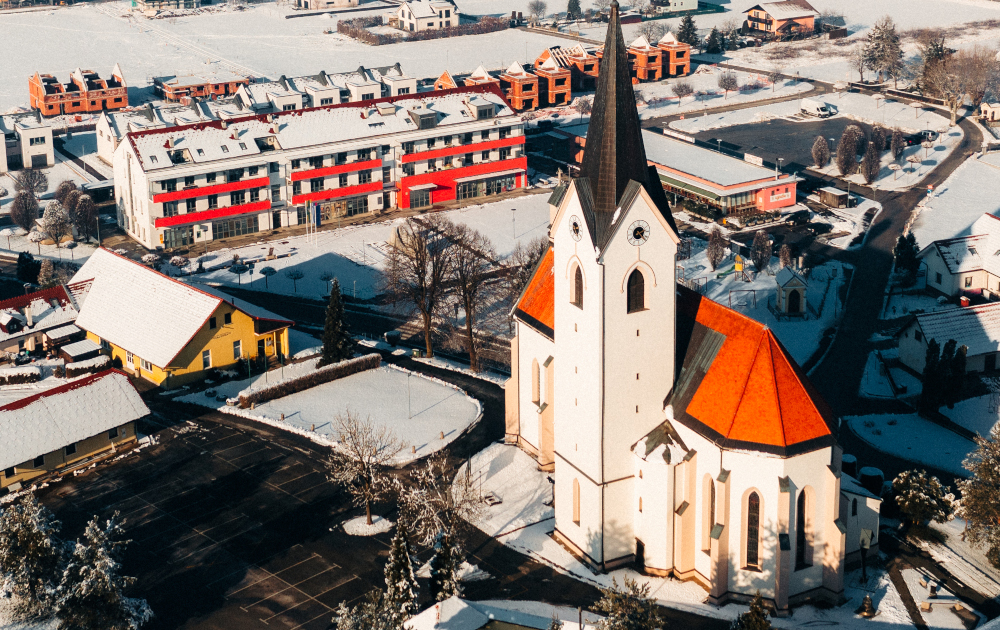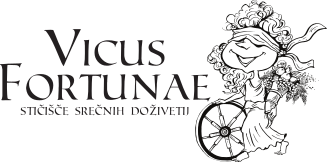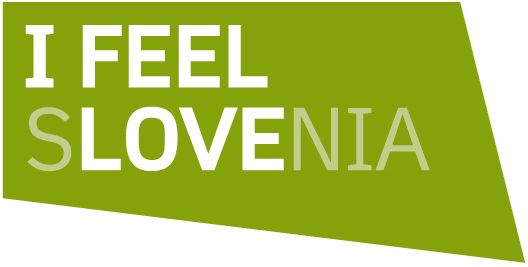Hajdina – historical outline
The area of the present municipality of Hajdina was settled during all archaeological periods.
Stone tools from the Early Stone Age belong to the oldest findings, and settlements are from the Copper Age. The settlements continued to the Bronze Age and their graves bear witness to the Urnfield culture. Graveyards and tumuli are also from the Iron Age, from Hallstatt (8th – 6th centuries BC). In addition, there is a settlement with the graveyard dating back to the Early Iron Age.

Around 15 BC the Romans arrived to the region and built a military camp of Legio VIII Augustae along the Amber road. In 69 AD the area is mentioned by the Roman historian Tacit in connection with the election of Vespasian to emperor. The camp had a water supply system built by the LegioXIII Gemina.
The urban suburbs of Poetovio, namely in the business-religious residential area vicus Fortunae, were the headquarters of Illyrian customs and temples, among which the most well known are Mithras temples I and II, and the temple of Nutrices. The early-Christian church was led by the bishop Victorin of Ptuj at the end of the 3rd century. Roman graves were aligned on both sides of the actual road leading to the village of Pragersko.
A graveyard established in the early Middle Ages was still in use in the 10th century.
Hajdina was first mentioned in medieval documents in 1164. In 1202 the settlement had already been split to Spodnja Hajdina belonging to Salzburg, and Zgordnja Hajdina belonging to the provincial count and boasting a church and the court. Traces of the latter two can also be found in written documents from the 16th and 17th centuries, but nowadays there are no tracks of them any longer. At the beginning of the 19th century, the borough of Hajdina counted 86 houses and 399 residents; at theend of the same century: 123 houses and 635 residents. In addition, two annual livestock fairs were allowed, on 1st May and 30th August. The residents were mostly engaged in apiculture, agriculture and cattle breeding.

After 1850, once municipalities had been established, the municipality of Hajdina had its headquarters in Zgornja Hajdina, and was independent until 1952 when it became a district in the big Ptuj municipality.
Since 1999 Hajdina has been anew an independent municipality. It is composed of seven residential quarters which are all rurally urbanised. The majority of households are not rural. The economy is quite developed. Numerous associations and clubs take care of the social part of life as well as of the preservation and presentation of natural and cultural heritage of the area.








